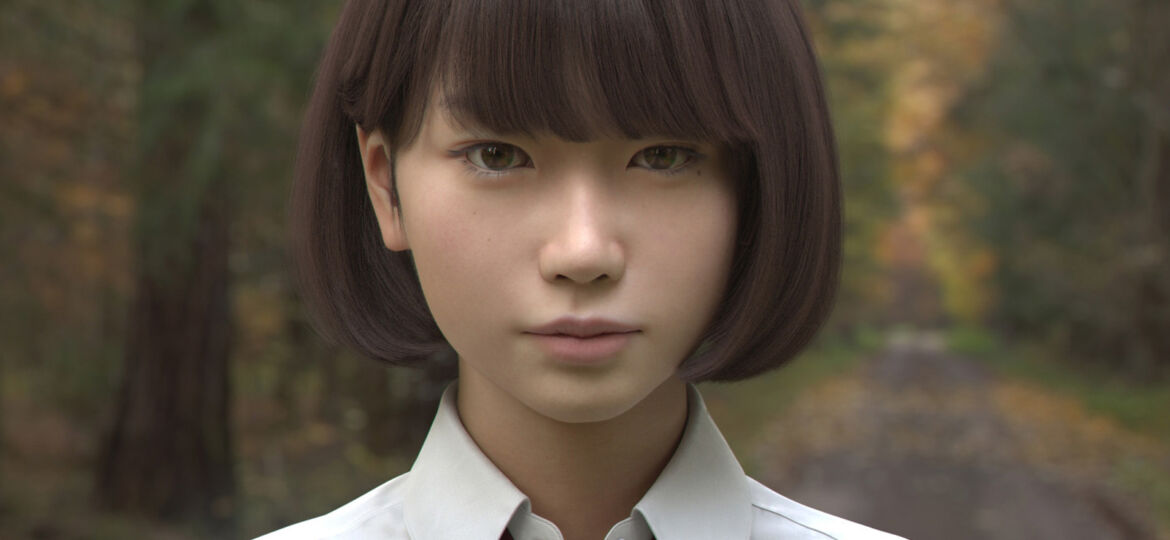
WHY THIS MATTERS IN BRIEF
As CGI, and the tools used to create it, get better it will be harder to distinguish what is real, and what is not. Slowly these “digital humans” will be able to replace real humans anywhere there is a screen involved, such as acting, avatars and VR.
There’s a problem with the image in the header of this article and no, it’s not the image itself. It’s your perception of this image. Because there’s a high likelihood that you, along with thousands of other people think it’s a photograph of a girl in the woods.
But, and here’s the problem, it isn’t. The woods are real, but the girl? Well, her name is Saya and she’s just a work of fiction – albeit beautifully executed. She’s CGI.
Now many people could just look at this photo and think, “Wow, that looks real – had me fooled,” but it’s easy to gloss over the significance of this work of “art”. It represents a new breakthrough in a technology known as Ultra High Definition Rendering – where artists, or animators create an object that is so perfectly constructed, even down to its flaws, that it’s indistinguishable from the real thing. And in a world where it is getting increasingly hard for us humans to tell the “computer version” from the “human version” of something – whether that’s in speech, capability or “intelligence” this is another case of an emerging technology advancing to the point where, albeit with some effort still, our sense of sight can be fooled with increasing ease.
Saya in 2016
In this case Saya was created by Japanese artists Teruyuki Ishikawa and Yuka Ishikawa who started the Saya project back in 2015, and they have been working to constantly improve her – to make her more detailed and more life like ever since, as you can see from the above “photograph”.
Ironically, there’s a problem with creating photo realistic objects and it’s called the uncanny valley – essentially, this is when an object looks nearly identical to its real life counter part but is just a little “off” but Telkuya, though, seems to have managed to get past uncanny valley with Saya and as a result it looks like we can now say that we are firmly on the road to the day when we won’t be able to tell real objects from fictional ones. Then the possibilities for the technology unravel in front of your very eyes.
Combine these new photo realistic CGI creations with artificial intelligence and, all of a sudden, it becomes quite clear how one day, sooner rather than later, we’ll be able to replace actors and create life like Avatars. That teacher you think you’re talking to in Virtual Reality? A CGI Bot. That movie your watching? CGI actors and landscapes all being directed by an AI director. And so on and so on.
When we look at technologies in isolation it’s easy to miss the art of the possible – something you’d be best to remember when you’re reading the articles on the site. Have fun and this is the robo-author Matt over and out. For now…

















